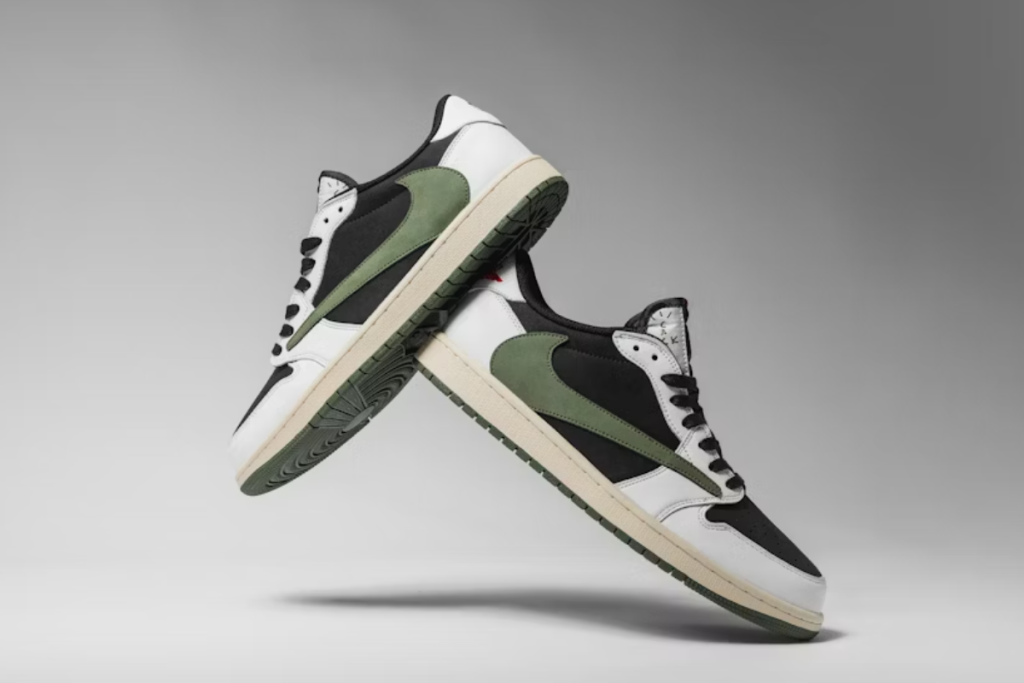NIKE is overhauling its product development model to reduce reliance on legacy franchises and accelerate new launches. By building vertically integrated product pods and tightening coordination with factory partners, the brand is compressing innovation cycles, and redefining what agile supply chain execution looks like at scale.
From Seasonal Planning to Rapid Innovation Loops
NIKE is moving fast to rebalance its product portfolio. The company has acknowledged that its long-running dependence on classics like the Air Force 1 and Dunk exposed it to volume drag, margin erosion, and channel saturation. Its response is not just a creative refresh, it is a structural overhaul in how innovation is developed, seeded, scaled, and fulfilled.
New cross-functional teams now own each key sport and gender segment end to end. These pods integrate product design, merchandising, consumer insights, and supply chain inputs from the start. The goal is not just to create new silhouettes, but to ensure that newness translates into volume with the speed and precision needed to avoid inventory overhang and protect price integrity.
Examples are already in-market. The Pegasus Premium, designed with a sculpted visible Air Zoom unit, nearly sold out across North America in its seeding phase. It is now on track to scale globally through Fall 2025. The Vomero 18, positioned for everyday runners, was distributed through more than 1,800 retail doors with tailored campaigns and localized demand plans. NIKE plans to double its distribution by mid-April. In both cases, product development, channel targeting, and fulfilment were synchronized, ensuring that consumer response and operational execution remained in lockstep.
The implications go upstream. Factory partners in Asia were brought into early design reviews. Lead times were adjusted to prioritize agility over bulk planning. Storytelling and sell-in materials were developed in parallel with production to accelerate market readiness. What emerges is a model where innovation is no longer a linear path from lab to shelf, it is a closed loop between consumer demand and supply chain response.
From One Icon to Many Winners
NIKE is also shifting how it defines success. Rather than chasing the next franchise-level hit, the brand is building a supporting cast of multiple styles across price points and categories. This is a strategic pivot that supply chain leaders will recognize: managing complexity through modularity, not volume
In practice, this means simultaneous seeding of styles like the Air Superfly, LD-1000, and the Air Max Muse, each targeted to specific consumer segments, each with its own supply and channel strategy. Fulfilment is no longer optimized for scale alone, but for market fit and margin yield.
This evolution demands deeper SKU-level planning, more segmented forecasting, and tighter supplier collaboration. As the product mix shifts away from a few predictable icons, NIKE’s supply chain must operate with more flexibility in materials, production scheduling, and last-mile execution. Yet the payoff is strategic control, fewer surprises, stronger full-price sell-through, and a more resilient portfolio that can adapt with consumer preferences.
It also allows NIKE to balance long-term innovation with near-term responsiveness. The 24/7 apparel collection, for example, was developed to bring performance fabrics into style-led training wear. The collection exceeded sales expectations in its first month, and capacity is now being ramped to meet demand, demonstrating that even in apparel, innovation velocity and operational adaptability are now inseparable.
Innovation is a Supply Chain Discipline
For NIKE, innovation is no longer just a creative mandate. It is a supply chain capability—a function of how fast and accurately new product can be designed, tested, delivered, and scaled. The brand’s pivot from volume icons to a diversified, performance-led portfolio is a clear signal to supply chain leaders: speed, coordination, and adaptability now define commercial success.
The lesson here is not about footwear. It is about how enterprise supply chains must evolve to serve fragmented, dynamic, and fast-moving product strategies. NIKE is showing that innovation is not just what you make, it’s how quickly and precisely you get it into the hands of the right customer.



